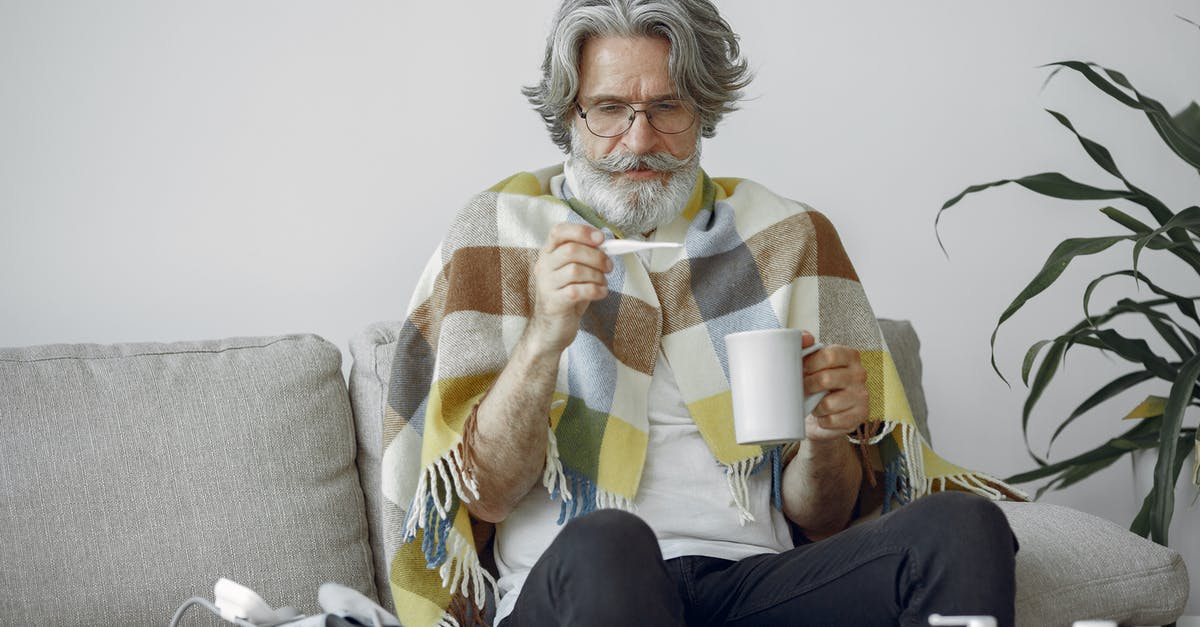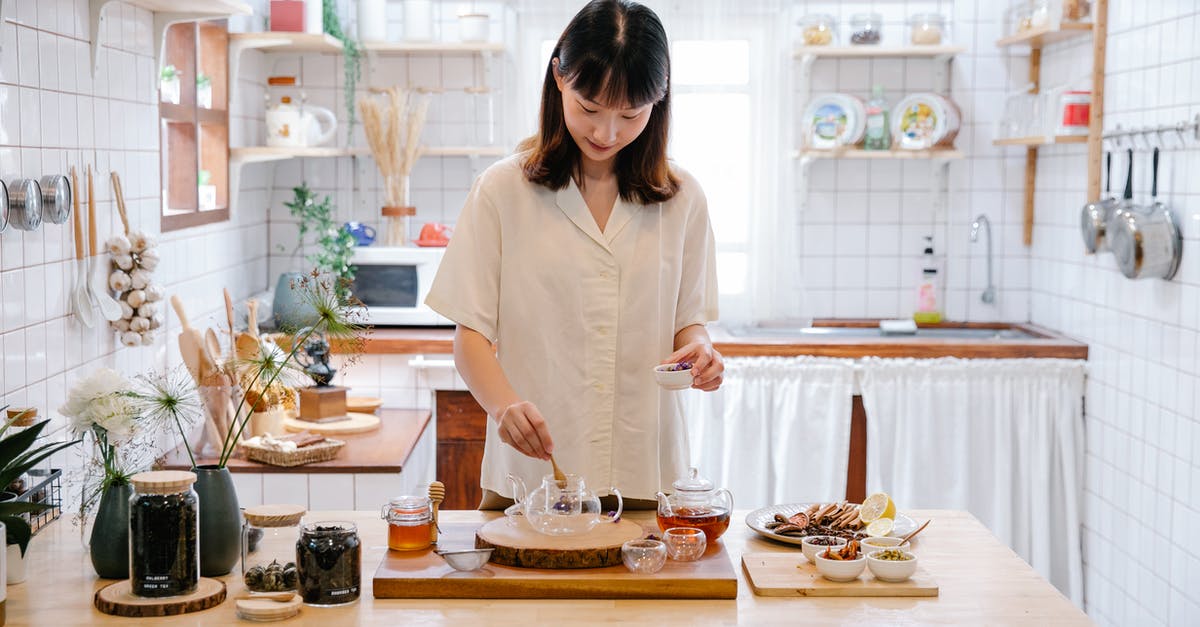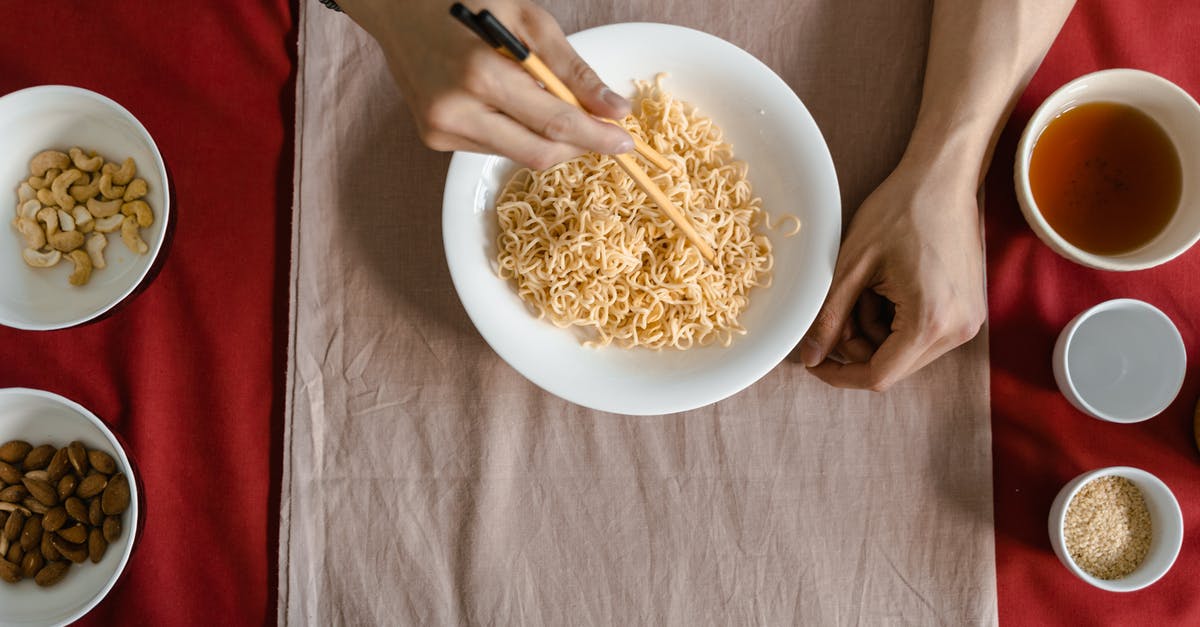Tea temperature for preparation

If I understand correctly, a good temperature to prepare green tea is roughly 70°, 80° for oolong (it might depends of course) and 90° for black tea or pu erh. Hence, it seems that the most oxidized a tea is, the higher the temperature is.
However it seems that a recommanded temperature for white tea is 80°, while this is the less oxidized type of tea. Why is that? More generally, how to choose the best temperature for a tea in general (I guess the answer is "trial and error", but I'm not an expert in tea so I'd appreciate some basic guideline) ?
Best Answer
I'm going to start by saying: The directions listed on the box or in a guide are good general-purpose directions, for when you don't really want to pay attention to your tea brewing parameters. They're designed to be accessible - not to produce the best brew, but to produce the most consistent one, and one that's acceptable for the tea and for most people. However, the brewing parameters that come with a tea, or 'match' the type of tea, are very often non-optimal. But if you enjoy them, that's usually good enough.
However (counterintuitively), most tea can be brewed at most temperatures. This is why I'm posting this answer - because the question you've asked touches on some of the complexity and subtlety involved in getting what you'd like out of your tea. If all you're interested in is making one consistent cup, follow the above paragraph. If you're interested in the 'why' of tea and temperature, read on... and disclaimer in advance that there are no universal truths in tea. Also, this is a bit of a long deep-dive.
Compounds in tea extract at different rates. Most of the compounds that affect the flavor of a tea are quite sensitive to the parameters used in both the production of the tea leaf and the process of brewing. Factors include but are not limited to:
- The original grade of the tea leaves (are they whole? are they little crumbly bits?)
- Structural changes made to the tea leaves during preparation by the tea-maker
- What temperature you brew the tea at
- The ratio of tea to water you brew at
- How long you steep the tea for
- The composition of the water used to make tea (and if you doubt that last one, check out the Tea Curious blog - they have a series on developing a specialized mineral water for brewing.)
There's no a priori reason to believe that any temperatures should be 'off limits' for brewing any type of tea. In fact, "oolong" is not even a single type of tea - it's a very generic name for an extremely broad class of preparation styles, which often call for different temperatures, not a generic 80C.
In the generic, all that's known is that many teas become bitter if it's pushed 'too hard': temperature up, time up, amount of leaf up. And the opposite is often true: if you lower temperature, time, or amount of leaf, you can avoid bitterness. In practice, this means that you can, for many teas, compensate for increased temperature using other factors in your brew.
Importantly, though - even if you can compensate for a higher temperature by changing the other brewing parameters, the overall flavor is unlikely to remain constant if you change anything at all. Extraction rates for flavor compounds in tea are highly sensitive and change differently relative to each other when brewing parameters change. Maybe, for example, at a higher temperature you'll get more astringency, but other flavor compounds come out much faster, so you can lower the time and make a fine (but differently-flavored) cup. There are even methods that involve 'flash steeping,' where you pour boiling water on a tea and take it out just about as fast as physically possible, and it comes out delicious!
Some teas may have an upper bound on temperature, where past a certain point the tea will 'scorch' and become too bitter / astringent before enough flavor really extracts properly. But with the exception of Japanese green teas, this isn't really true on a category-by-category basis as much as it is on a tea-by-tea basis. And even Japanese green teas can sometimes be brewed successfully with boiling water! Generalizations are hard to come by.
In order to talk about oxidization and brewing temperature, we first need to talk about where the temperatures on tea containers and websites come from. It's important to know that the instructions listed on a tea packet are written for an audience to give them a place to start - an audience you may not be a part of. For example, a box of sencha teabags I bought on a whim because it was $1 and I was curious says to pour boiling water on the sencha and steep it for 2-3 minutes. To me, that notionally reads like a preposterous set of instructions, but in reality, it means those instructions were not written for me. They were written for someone without a temperature controlled kettle, making an enormous mug of tea - not someone with dedicated teaware making a small amount of tea at cooler temps.
So, oxidization. Oxidization does affect the extraction of flavor from tea leaves, and it has several critical steps in changing the flavor composition of a tea. But it's not nearly as consistent as "always brew 80C." More oxidized oolongs are often able to be brewed at higher temperatures when compared with less oxidized/"greener" oolongs, controlling for all other factors, because at those temperatures they will pick up somewhat less bitterness in the tea. However, you can just as easily steep any oolong at a high temperature for less time by controlling the other parts of a brew - and in fact, this is what I do with most of mine.
So, white tea. I'm not sure exactly where the idea came about that white teas are exceptionally delicate and must be brewed with care at a specific temperature, but in general, white tea is not (generally) particularly delicate. In my opinion it's one of the hardiest teas, because most white teas can be brewed effectively at essentially any temperature, without much worry about astringency coming into the brew.
The thing is, under most circumstances, you can brew a good white tea at a boiling temperature. That's how I do it, most of the time. But if I'm looking for a different kind of flavor palette, maybe I'll turn down the temperature...
tl;dr: Don't let the temperatures on guides and boxes constrain you. They're an OK starting point, but most tea can be made at most temperatures. The numbers you see are just there to provide a broadly consistent brew that most people will probably enjoy - not because they are some theoretical optimum for brewing.
As always, the best cup is the one you enjoy.
Pictures about "Tea temperature for preparation"



Quick Answer about "Tea temperature for preparation"
The proper tea brewing temperature can range anywhere from 140 degrees for speciality green teas to 212 degrees (a full boil) for black and herbal teas, with plenty of gradations in between. It's important to brew teas at the proper temperature to get the best flavor from your tea.Making tea? DON'T BOIL YOUR WATER!! (Tea Brewing Temperature)
More answers regarding tea temperature for preparation
Answer 2
The "best" temperature for preparing tea is the one that makes the tea taste as you like it. That being said, most people don't brew their black tea at a lower temperature of 70° C, while conversely not brewing green tea too hot. From what I found on several websites on the quick (I'm not a white tea drinker), the consensus seems to be to treat white tea about the same as green tea, i.e., to brew it with a lower temperature in the 70° - 80° C range.
Answer 3
The best way to choose temperature for tea is to look on the box/bag/cannister of the tea for what the recommended brewing temperature is. Many higher-quality tea vendors will print the brewing temperature and time on the tea packaging.
Failing that, try searching the internet; brewing times and temperatures for named tea varieties are fairly common knowledge.
Failing that, you can go with the "rule of thumb" above, about green/oolong/black temperature ranges. I even have an electric kettle that has buttons for these.
Note that above I say "and time". That's kind of critical, because some teas need to be steeped longer or shorter than others. One could even argue that brewing time is more important than temperature. So use a time-and-temperature guide.
That also addresses your other question, because that guide, plus others, actually suggest brewing white tea at a lower temperature, either the same as or lower than green tea.
Sources: Stack Exchange - This article follows the attribution requirements of Stack Exchange and is licensed under CC BY-SA 3.0.
Images: Gustavo Fring, Anna Pou, Ivan Samkov, MART PRODUCTION
